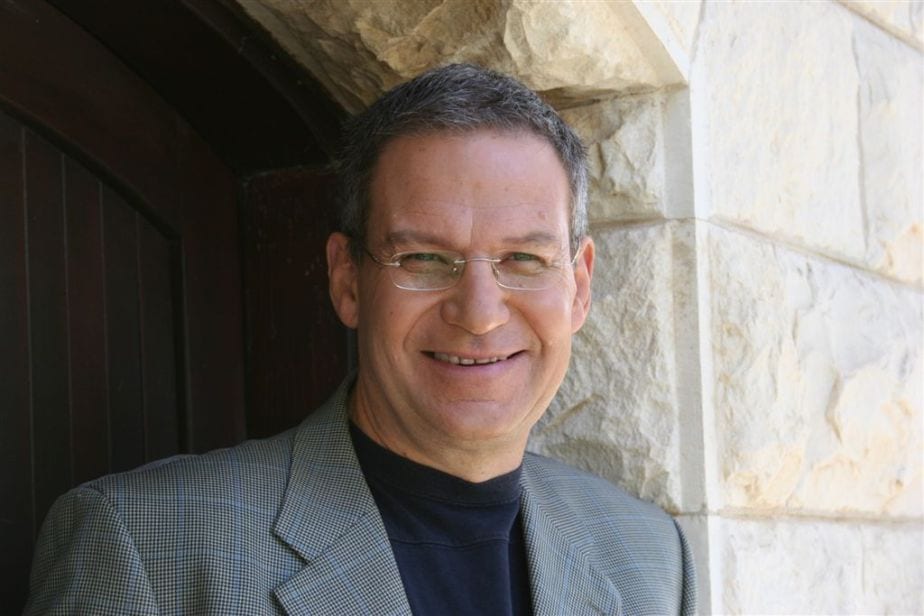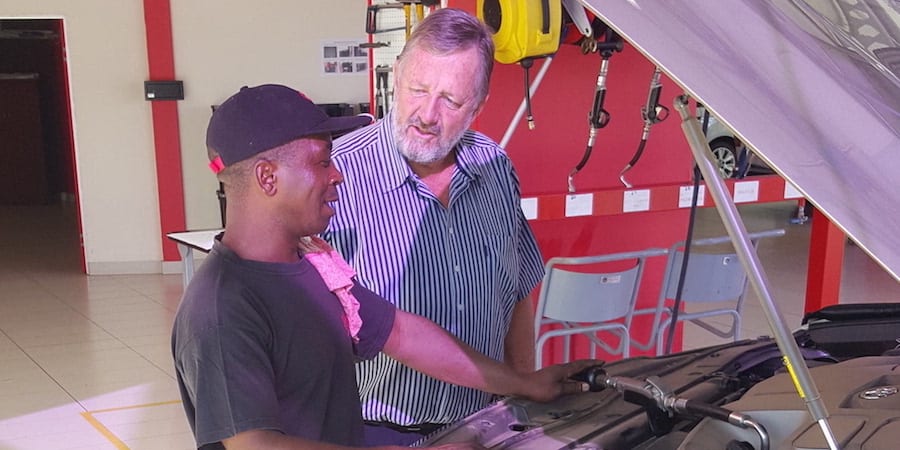
How lean leaders can help turn obstacles into opportunities
OPINION – Involvement, active listening and concern are crucial traits of lean leadership and the foundations on which respect for people is built into a learning organization, says Boaz Tamir reflecting on his evolution as a writer.
Words: Boaz Tamir, President, Israel Lean Enterprise
"What is this crap?" my professors at MIT asked, holding the final paper I had diligently written for the advanced graduate class that he taught.
He looked at my paper, then at me, then at the paper again. The expression of shock on his face made it clear that he simply could not believe the student sitting in front of him had managed to get accepted into a doctoral program at his prestigious university. My face was red with shame.
A moment later, however, I said something that dramatically changed the course of the conversation. "Professor, I came to you to learn how to write a good paper. I am asking you to go over each and every sentence so that I can understand what I can improve." He went quiet for a moment – my determination might have astonished him – and then he put the paper down on his desk before providing a detailed, well-argued explanation.
It was clear that he had been rigorous and that he had really spent time reading my paper carefully. His assessment was convincing. Perhaps that paper really was crap, but what counts is that I learned to do better thanks to the feedback he provided.
That day I understood that we should never stop striving for more. And even now, 34 years after that three-hour meeting with my professor, I understand I am still far from the pinnacles of professional writing, but my commitment to continued learning keeps growing.
"People connect to stories, not theories." "I lost you about half-way through, make it shorter." "Business news stories should not be longer than 500 words." This is just some of the feedback I've received over the past decade, during which I have been writing a weekly column – a way for me to keep a journal with my personal observations on management, lean thinking, the nature of work, leadership, and organizational development. I strive to create value for readers interested in these topics by providing them with thought-provoking ideas they can reflect on.
I wrote my first column in the summer of 2006 – an analysis of the way Israel managed the war against Hezbollah. The first draft was around 1,000 words. It was summarily sent back to me by a number of leading Israeli journals, which were telling me that it was too long. Business news stories, I was told, don't normally exceed 500 words.
It is insulting to have your work dismissed for something as silly as a standard of length, I thought. This has often led me to refuse to abide by editors' requests and to publish my thoughts on my own site instead. "Those editors won't put a crimp in my creativity," I said, pleased with the freedom I had given myself.
Ten years later, however, I have learned that my protest over "freedom of expression" was actually a cover for my insecurity as a writer. I had given up on the challenge of articulating valuable arguments in the business press within a given word count and based on certain criteria. For too long I have kept ignoring my editors' comments and refused to accept readers' feedback.
I now understand that all of this has limited my professional development as a writer. The past decade – during which I have gone on countless gemba walks and seen behaviors similar to mine at play in the organizations I visit – has taught me that feeling insulted and letting your ego prevail actually chokes your ability to grow professionally and learn.
Professionalism and craftsmanship are reflected in one's ability to condense an idea that has been articulated over an entire article into one sentence and in the ability to explain that idea in an attractive, catchy way in a headline.
Through these observations I have come to realize that the feelings that come up in response to the feedback I get from my readers – sometimes frustration over my inability to make a point clearly enough, other times joy when my message is understood – are signals that I should value and work through in my journey to become a better columnist.
The presentation of an accurate, gripping message within given limitations requires effort, determination and persistence through repeated cycles of precise learning and practice. The critical lesson my experience as both a student and a mentor has taught me is that talent can be built. Those editors who have allowed me to "go with my flow" (and exceed word counts, for example) have actually contributed less to my learning and development than those "pedantic" editors who insisted on proper writing, on eliminating repetitions (a terrible form of editorial waste), and demanded that I present complex ideas in short, clear and well-thought sentences. I thank them.
As we learn and grow professionally and personally, stumbling blocks – such as frustration and a bruised ego – can be transformed into building blocks. An editor, lean sensei, coach or manager who truly respects her people and wants them to advance and grow will constantly work on the blurred dividing line between enforcing standardized work and developing independent thinking and creative freedom. The provision of clear boundaries (standards) for creative work will not only improve the capabilities of workers, their enjoyment of the process, and their professional pride – it will also bring them the appreciation of customers.
THE AUTHOR

Read more


FEATURE – In lean, we talk about PDCA all the time… but do we actually practice it as we should? The authors discuss what makes for successful continuous improvement.


CASE STUDY – Pall Corporation used lean product and process development principles to create the process to produce billions of doses of the Oxford/AstraZeneca vaccine for Covid-19 in record time.


PROFILE - Three decades in Toyota South Africa and an ability to see the value stream as a whole are helping Terry O'Donoghue, COO of Halfway Toyota, to bring lean thinking to a chain of car dealerships.


INTERVIEW - What lies at the core of kaizen activity? How has the concept of kaizen evolved over time? Planet Lean’s editor Roberto Priolo discusses these and other topics with kaizen expert Mark Hamel.

